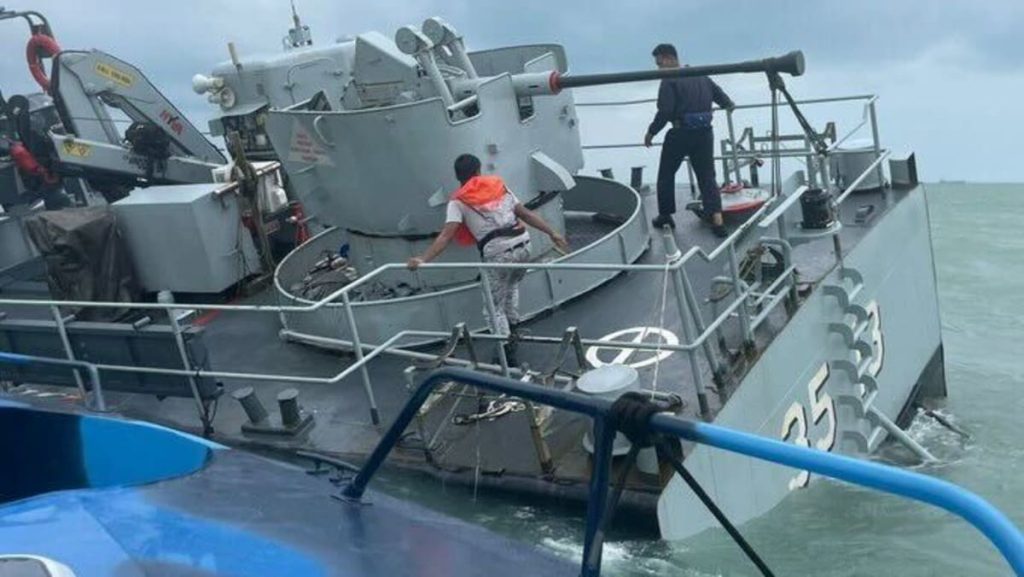In July 1979, the KD Pendekar, a Swedish-built fast craft, was commissioned with armament including a Bofors 57mm main gun, a 40mm secondary gun, and Exocet anti-ship missiles. The vessel measured 43.6m in length and served in Malaysia’s navy.
After the KD Pendekar sunk, Malaysian authorities announced plans to establish a special investigation board to determine the cause of the incident. The navy’s defense minister, Khaled Nordin, revealed that inspections would be carried out on a third of the navy’s fleet, citing concerns over the age of many vessels.
Nordin noted that the navy currently operates between 10 to 15 ships that are over 40 years old, but he suggested that the age of the KD Pendekar may not have been the primary factor in its sinking. The vessel had reportedly collided with an object, leading to its demise.
The sinking of the KD Pendekar has raised questions about the condition of Malaysia’s naval fleet and the potential need for upgrades or replacements. The incident has prompted a reevaluation of the navy’s aging vessels and highlighted the importance of addressing maintenance and safety concerns to ensure the fleet’s operational effectiveness.
Moving forward, Malaysian authorities will focus on identifying potential issues with older ships while also exploring options for modernizing the navy’s capabilities. The investigation into the KD Pendekar’s sinking will provide valuable insights into the circumstances surrounding the incident and inform efforts to enhance the safety and reliability of Malaysia’s naval assets.
As Malaysia continues to address the aftermath of the KD Pendekar sinking, the government will work to strengthen the country’s maritime defense capabilities and ensure the safety of its naval personnel. By investing in modern infrastructure and equipment upgrades, Malaysia aims to maintain a strong and efficient navy that can effectively protect its maritime interests and uphold national security.


